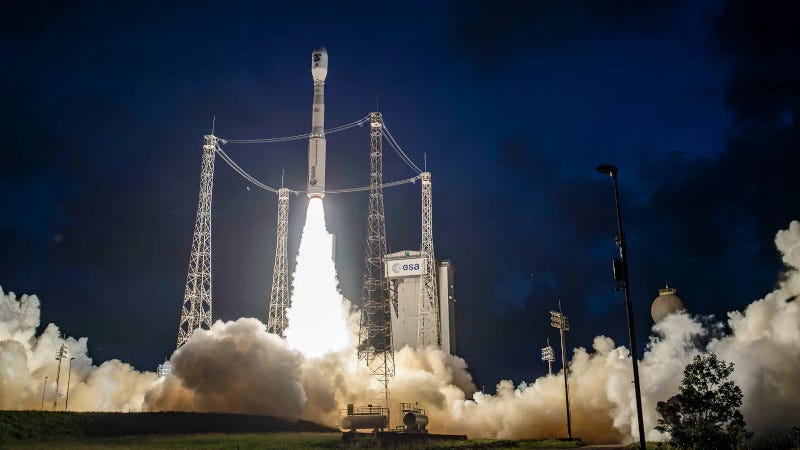First Vega Launch Since 2022 Orbits Sentinel-1C Satellite
Marks Return to Flight for Arianespace Launcher
A Vega C launcher lifted off from the Guiana Space Center, French Guiana Thursday night, marking the return to flight for the Arianespace launch system.
“Tonight, the Vega C rocket successfully placed the European Union’s Copernicus Sentinel-1C satellite into orbit.”
Stéphane Israël, Arianespace
Vega C has been grounded since a launch anomaly in 2022 resu…
Keep reading with a 7-day free trial
Subscribe to The Journal of Space Commerce to keep reading this post and get 7 days of free access to the full post archives.



